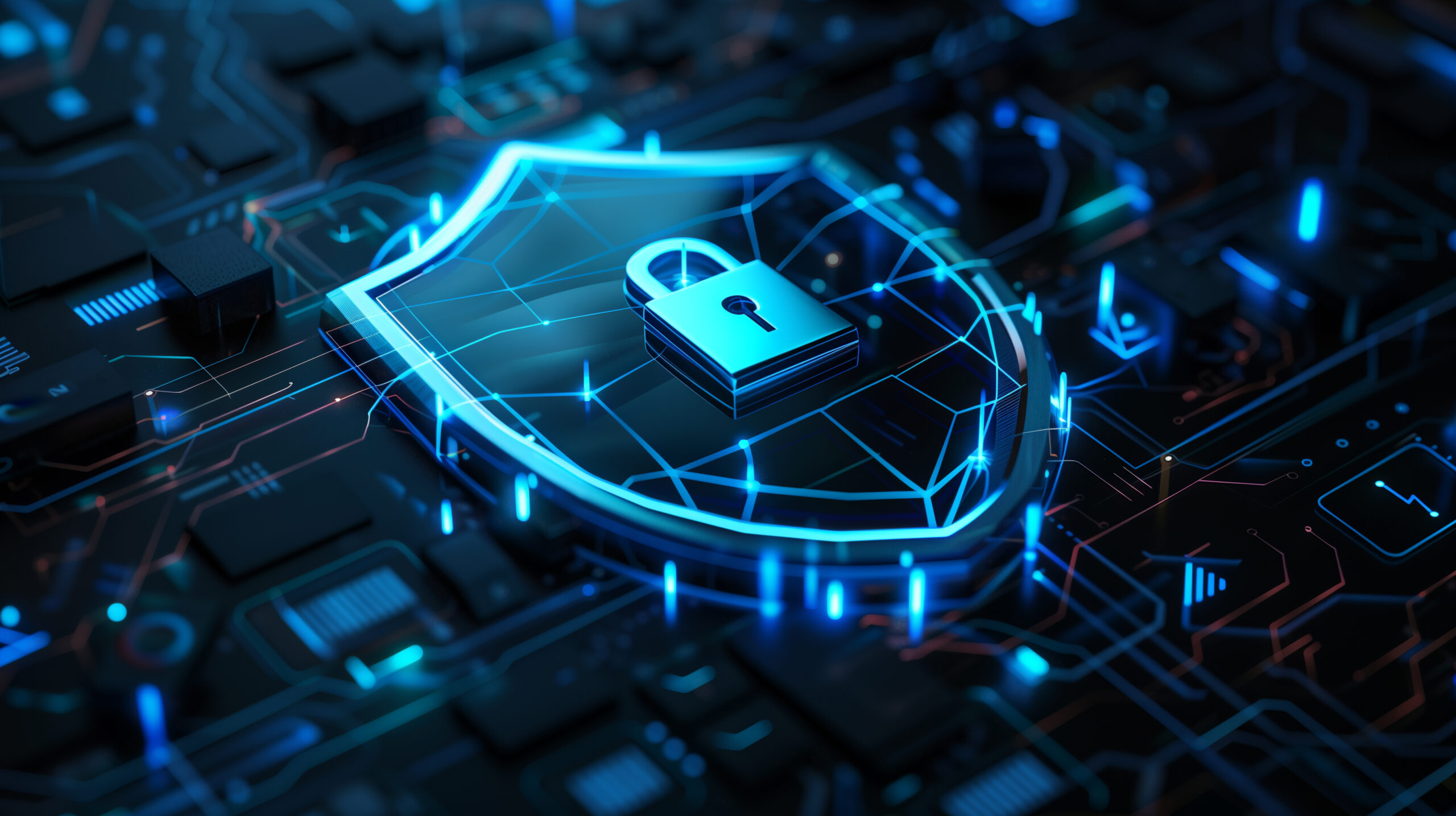In today’s digital landscape, cybersecurity isn’t just a buzzword—it’s a critical aspect of web development that impacts businesses, users, and even economies. As technology advances, so do the threats, making robust cybersecurity measures indispensable.
Importance of Cybersecurity in Web Development
- Protecting User Data: Discuss how websites collect and store sensitive user information (like personal details, payment info) and the legal and ethical responsibilities associated with safeguarding this data.
- Preventing Cyber Attacks: Highlight common cyber threats (such as malware, phishing, DDoS attacks) and how they can compromise a website’s integrity and functionality.
- Building Trust: Explain how a secure website enhances user trust and credibility, leading to better user engagement and retention.
Key Principles of Cybersecurity in Web Development
- Secure Coding Practices: Emphasize the importance of writing secure code, including input validation, using secure libraries, and avoiding vulnerabilities like SQL injection and XSS attacks.
- Encryption: Explain the role of encryption in protecting data in transit (HTTPS) and at rest (database encryption), ensuring that sensitive information remains unreadable to unauthorized parties.
- Authentication and Authorization: Discuss the implementation of strong authentication mechanisms (like multi-factor authentication) and proper authorization protocols to limit access to sensitive areas of the website.
Technologies and Tools for Cybersecurity
- Firewalls and Intrusion Detection Systems: Describe how firewalls and IDS/IPS systems monitor and filter network traffic to detect and block suspicious activities.
- Security Plugins and Services: Highlight the importance of using security plugins (like Wordfence, Sucuri) and services (like cloud-based security solutions) to proactively defend against cyber threats.
- Regular Updates and Patch Management: Stress the need for timely updates of web frameworks, plugins, and server software to patch vulnerabilities and protect against known exploits.
The Future of Cybersecurity in Web Development
- AI and Machine Learning: Explore how AI and ML are being leveraged to enhance cybersecurity measures, such as predicting and preventing cyber attacks in real-time.
- IoT and Web Security: Discuss the emerging challenges and solutions in securing IoT devices connected to websites and applications.
- Cybersecurity Awareness and Training: Highlight the importance of continuous education and training for developers and users to stay updated on evolving threats and best practices.
Conclusion
In conclusion, cybersecurity is not just a technical concern but a crucial component of modern web development. By implementing robust security measures and staying vigilant against emerging threats, developers can safeguard their websites, protect user data, and build trust in an increasingly digital world.




